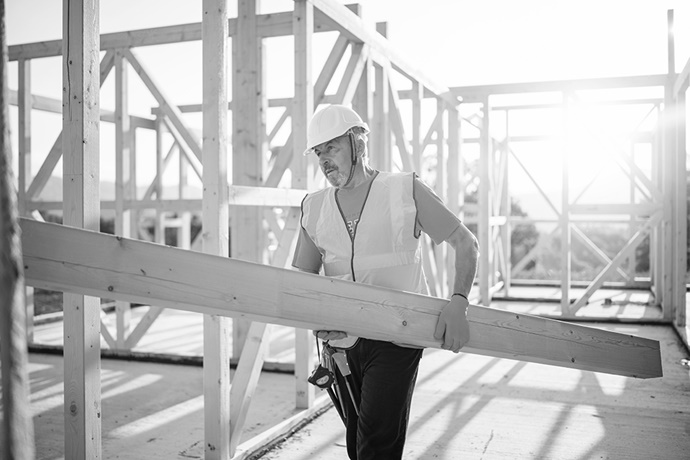COVID triggered a series of events (and Mother Nature didn’t help) that spurred unprecedented supply-and-demand imbalance and price hikes in the lumber market. The impact on building products is well documented, but implications extend well beyond wallet woes at the Lowe’s checkout. Here, we take a look at key considerations for insuring woodworking operations and other property placements during this state of rapid change.
What’s the deal?
Quite simply, demand > supply. This is due to facility closures during the early days of the pandemic and exacerbated by increased demand for home-repair and building products while everyone was home. As a result, lumber prices jumped almost 300% over last year. Check out our timber timeline to get the full picture.
What’s the impact?
With the cost of wood through the trees, there’s no way last year’s replacement cost valuations (RCV) are still adequate. For example, two years ago a metal building could likely be re-done for $50 - $60/sq ft, but now costs are closer to $75- $100, representing a 25% increase in RCV.
Additionally, many woodworking facilities are using this time to reinvest in their operations. That means older, depreciated equipment is being replaced with shiny new tools. And THAT means that last year’s policy limits are likely to fall short.
How can you avoid getting the short end of the stick?
During times like these, diligence is key. First and foremost, it’s time to recalculate insured-to-value (ITV) for your clients. This is not the time to do scratchpad math; rather, work with an industry underwriter who is well-versed in this space and can offer data-based solutions. Dedicating the right resources on the front end are the best tool to mitigate E&O claims on the back end.
From there, policy limits may need to change to ensure proper coverage. Work with your clients to help them understand the need for more frequent policy reviews and the risk of not adjusting based on the market.
And now is a great time to live by the old adage, “An ounce of prevention is worth a pound of cure.” Sawmills are literal hot spots for fire risk, so loss-prevention measures like formal hot-work programs, electrical thermographic scans and documented housekeeping plans are well worth the investment to prevent your client’s livelihood from going up in flames. Not to mention the lost revenue from having to shut down production for repairs, waiting for backlogged equipment to come in, or chucking out extra cash for inflated construction costs.
Who can you call?
Amwins offers several dedicated solutions that span the property insurance spectrum. Ready to get started? Contact your local Amwins broker or, for niche woodworking needs, a Woodus K. Humphrey underwriter.


